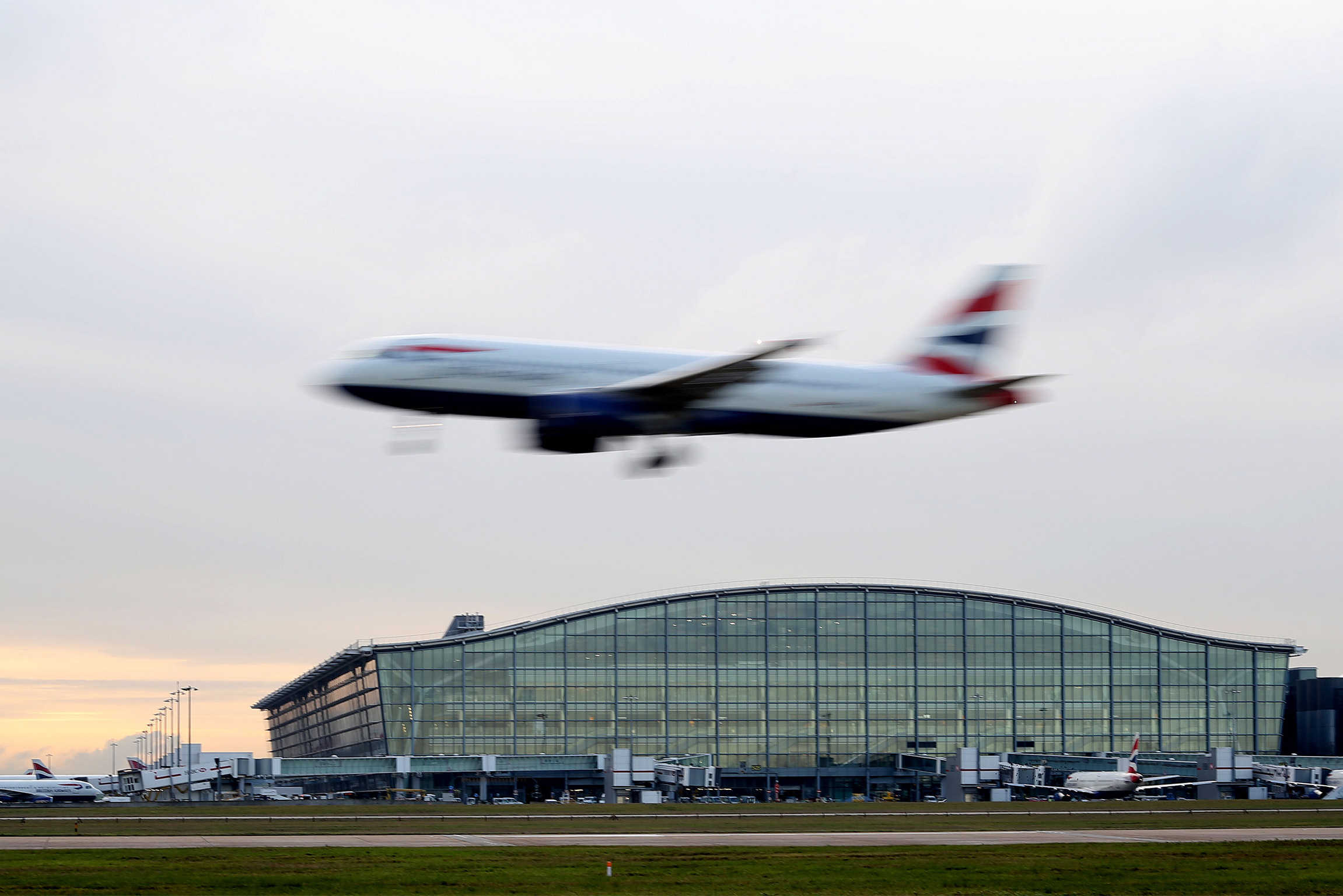Long-haul flights are taking longer - and the effect is worse fuel consumption
Journey times were found to be increasing due to erratic high-altitude winds, study finds

Long-haul flights are getting longer because high-altitude winds are becoming more erratic and so extending the time that trans-continental aircraft have to stay in the air, a study has found.
A small but significant increase in the return-journey times of long-haul flights can be linked with a parallel increase in the variation of the jet stream, a current of high-altitude air that flows around the northern hemisphere from west to east, scientists said.
Calculations suggest that even small increases in return-flight times caused by changes in wind speed and direction could have major implications for increased fuel consumption by the airline industry, which already accounts for about 3.5 per cent of greenhouse gas emissions.
The researchers believe that the effect may be the result of rising global temperatures and have warned that longer aircraft flights will lead to more fuel being used, more carbon dioxide being emitted and more global warming in a “feedback” that could accelerate climate change.
“Upper level wind circulation patterns are the major factor in influencing flight times. Longer flight times mean increased fuel consumption by airliners,” said Kris Karnauskas of the Woods Hole Oceanographic Institution in Massachusetts.
“The consequent addition of input to carbon dioxide into the atmosphere can feed back and amplify emerging changes in atmospheric circulation,” Dr Karnauskas said.
“We already know that as you add CO2 to the atmosphere and the global mean temperature rises, the wind circulation changes as well, and in less obvious ways,” he said.
The study, published in the journal Nature Climate Change, analysed a database of return flights between Honolulu in Hawaii and three cities in the US west coast – Los Angeles, San Francisco and Seattle – by four different airlines. The researchers analysed the return journeys of about 250,000 flights between these routes for the period 1995 to 2013.
The westerly flow of the jet stream in the northern hemisphere usually means that the outgoing flights from Honolulu are shorter than the return flights because of the prevailing westerlies, which is also true for transatlantic flights between the US and Europe.
However the researchers found that while the average eastbound flight across the Pacific during the 18 year period became 10 minutes shorter, the corresponding westbound flight became 11 minutes longer – leading to an overall increase in the time the aircraft spent in the air for all four airlines.
“Whatever was causing these flights to change their duration, was the exact same thing, and it wasn’t part of the airline’s decision-making process,” Dr Karnauskas said.
At the same time, an analysis of the variation in wind speed of the jet stream found that when seasonal differences were taken into account – the jet stream is a little stronger in winter than in summer – the jet stream experienced a noticeable increase in variation at the cruising heights of airlines during the same period.
“We were looking at the strength of the prevailing winds and we found that as they increased, the return-flight time also increased. The surprising in thing was that these effects didn’t seem to cancelling each other out. There was an overall, residual increase in return-flight times,” Dr Karnauskas said.
The researchers cannot explain why the return flights were getting longer in comparison to the shorter westbound journeys when in theory any differences between the two journeys over the period should have cancelled each other out.

"I don’t know why it caused a systematic increase in overall flight time. It could be something to do with aerodynamic engineering. The biggest unknown is that this is not a completely natural system – there are people in the cockpit that we have to consider,” Dr Karnauskas said.
Nevertheless, the small extra time in the air for each aircraft of each airline because of fluctuations in the wind speed of the jet stream over the period of study would have resulted in significant overall increases in the consumption of aviation fuel.
“The wind really fluctuates by about 40 mph so multiply those couple of minutes by each flight per day, by each carrier, by each route and that residual adds up quickly. We’re talking millions of dollars in changes in fuel costs,” Dr Karnausakas said.
The scientists calculated that if a round trip was increased by about 1 minute, then for the 30,000 commercial flights per day in the US alone this would result in about 300,000 extra hours in the air each year, leading to 1bn additional gallons of jet fuel, $3bn higher fuel costs and 10bn extra kilograms of CO2 emissions.
Dr Karnauskas said he is now extending the analysis to include all US and European flights as part of a wider study into the wider effects of rising global temperatures and possible climate feedbacks.
“The airline industry keeps a close eye on the day-to-day weather patterns, but they don’t seem to be concerned with cycles occurring over a year or longer,” he said.
Join our commenting forum
Join thought-provoking conversations, follow other Independent readers and see their replies
Comments
Bookmark popover
Removed from bookmarks